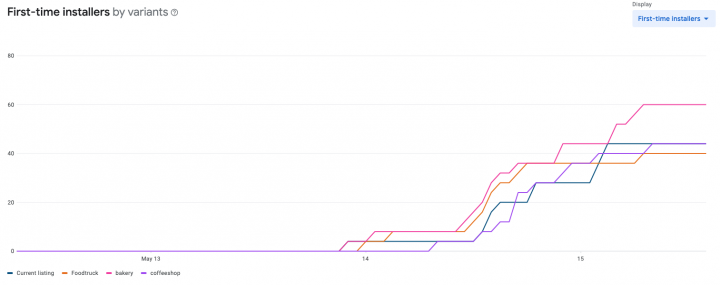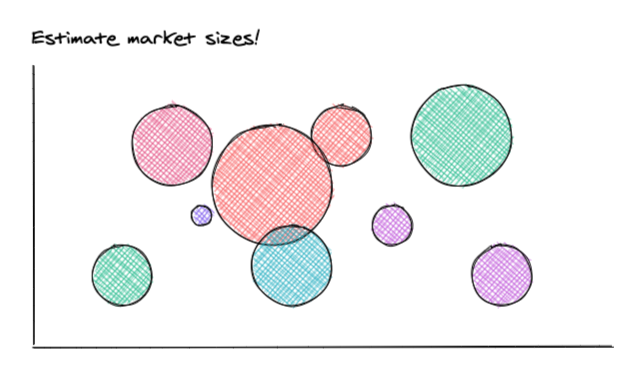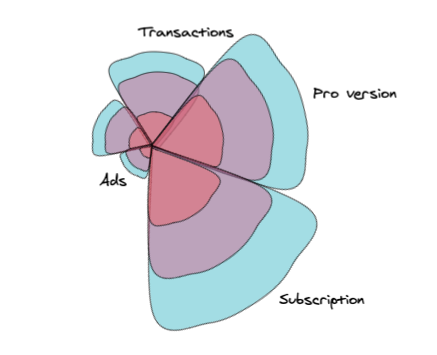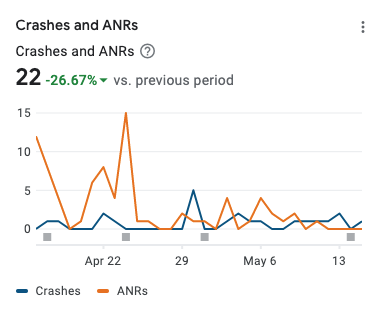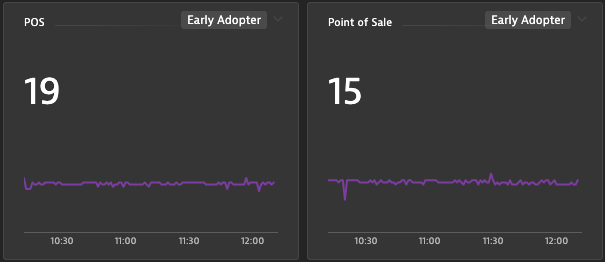Congratulation, you just finished implementing your first Android app and now you are looking forward to gain some decent revenue through selling your app within Google Play Store.
One aspect that I came across very soon after publishing my first Android app within Google Play Store already 10 years ago is the importance of the store ranking.
It might be that your app is a unicorn and does not need to be advertised at all because you are riding on a viral, organic wave of millions of interested people. Unfortunately, in 99% of the cases this does not simply happen for us ‘normal’ app publishers.
An app going viral either is the result of pure luck, or a strong global marketing campaign of a large business vendor hiding behind the viral marketing.
But how do you, as an independent app publisher gain revenue out of your own Android apps? Somehow there also has to be a way for small pocket marketing budgets to climb the top rank of Google, iTunes and Amazon app marketplaces?
Well, there are specific factors that I learned over the last years, that positively influence the ranking of your app within the global app marketplaces, which I will share with you within this blog post.
The most prominent factor is always the value your app or product in general delivers to users as well as a clearly defined group to target:
App product value and know your target audience
As an app developer we tend to focus on the technical challenges to solve and how appealing the resulting solution is in terms of building a technological masterpiece. This approach is very similar to buying a tool before you even know what problem you would like to solve.
Same for your target audience, they are generally not searching for a great tool, but they have a problem at hand and need a solution rather than a technological masterpiece. This might sound obvious, but if you think about your own app development process, you have to honestly ask yourself if you started to research your target audience first or if you just started to build an app?
Most independent app publishers (including me) tend to build the app first because of the fun of it and later are searching for a target audience that is interested in the final result. While this is a way that can also lead to interesting and surprising results, I think we all agree that starting the other way around the process is much more efficient.
Instead of building the app first, we should think about potential target audiences and what kind of challenges and needs they tend to have. Once you found your target audience, you can start thinking about what value your app or product would deliver. The more value your app delivers the more sticky and valuable your app will become within your target audience and your customers will tend to spend more money in buying your app or subscribing your services.
If you are not sure about how much value your app delivers, I would tend to skip the implementation in favour of building something else instead.
Another important factor is the general size of your target audience.
Size of your target audience
One of the most important aspects within app publishing and marketing is the total size of your target audience. In many cases it just needs some very basic research in order to come up with some decent numbers that can tell you how large the market is you are selling into.
Think about it that way, if you are building an app for tracking your racing pigeon, your target audience is pretty small (except in Japan, which has a lively racing pigeon community I was told), compared an app that tracks your workout scores.
One aspect that I came to realize, is that the competition in areas that are widely known, such as sports or workout, is very high. Reason here is that you best understand the value of domains you are into yourself. This is clearly a tradeoff, as the more people are within a target audience the higher are the chances that the competition is already very strong in that area.
In my case, I focused on the domain of small and medium sized businesses, such as Kiosks, TukTuks and food trucks, where I was able to keep the leading marketplace position for several years before strong competition such as Shopify and Square took it from me.
Taking the example of providing value to street food vendors through offering an invoice printing and Point of Sales app (TabShop), we can easily find out how large the potential target audience here is. According to the Ministry of Housing and Urban Poverty Alleviation, there are 10 million street vendors in India alone. Same for Indonesia where statistics estimate that there are more than 56,000 street vendors alone in Jakarta.
Once you found your target audience and estimated the size of the market you would like to offer your value in, you should think about the business model and how to drive revenue with your app.
Choose your business model
One aspect I come across a lot is choosing your business model after the fact, which means that your app is already published within Google Play marketplace and then you start thinking about potential business models to drive revenue. While again there are rare cases where you stumble across in interesting business model while doing things, it’s more likely that your app will soon disappear again because your development effort is not properly funded.
Don’t get it wrong, if your app provides value to your target audience, even your customers will be pleased about a stable business model, as this is one of the most important factors to keep your app available and stable over longer periods of time.
I have to admit that building your revenue model on top of advertising was never my favourite option. Advertisement networks tend to lower the prices payed for clicks and they mess up with your nicely built app. By opening up your app to ad vendors your basically mess up your own value proposition and your app becomes a piece of annoying crap, but thats just my own opinion.
One other business model that I choose to follow right from the beginning is to offer free value forever but sell advanced value on top, which is generally known as the PRO version business model.
The PRO version business model has some major tradeoffs which primarily lies in the fact that customers buy once and you have to provide value and stability forever, which does not really add up in the log run.
Subscription based models are the favoured business model nowadays that overcomes that issue by asking customers to continuously pay for your service. While this sound like an obvious choice, a subscription based license model is a quite hard sell, especially for non-cloud applications.
On the other hand, subscription based license models are the de-facto standard for apps that offer their value through SaaS and cloud based backend functionality, which has to be financed by continuous revenue streams instead of one time payments.
Besides those major 3 business models, there are of course other more creative ones, where a popular one is the transaction-based model, which is mostly used for payment vendors, where they demand a small fee for each transaction made within the app.
Once you agreed on your business model, its time to start to build your app, where stability and reliability counts a lot for a stable community of loyal users.
Stability and reliability
Delivering a crashing app is a show stopper, as Google and Apple exactly know how stable your apps are running through the collection of detailed crash reports.
In case your app, or a newly introduced app version starts to crash a lot, it immediately has two effects:
- Your app looses ground within the global app store ranking and the total number of first time installing users (new users) will drop pretty quickly.
- As a side-effect your existing user community will be pissed and start to respond with bad user reviews for your app within the app stores. As the number of bad user reviews is another aspect for app marketplace ranking, this will further destroy your app ranking.
As a matter of fact, the stability and reliability of your app is one of the most important factors for your app store ranking. This also means that I have a very close eye on monitoring the crash rate of my mobile apps as well as on the number of bad reviews, as it is shown below:
The revenue of lowering your apps crash rate is the steady increase of your users app reviews, as shown below:
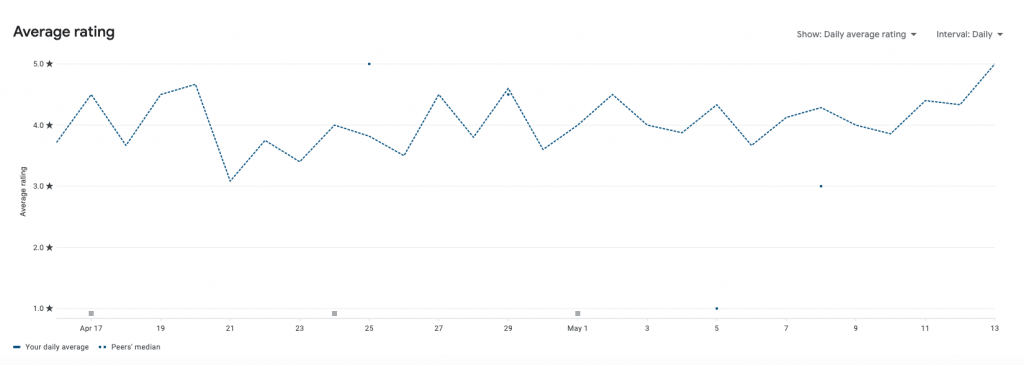
Now that you deliver a perfectly stable and valuable app, you have to advertise it by choosing the perfect store presence.
Store presence and A/B testing
Besides stability and reliability of your app, it’s also about choosing the perfect textual description for your app along with the best possible promotion images and if possible with enriching the description with a short promotion video.
Naturally, the app store search prioritises your app title and short description over the long description texts. As the primary channel for your future users is to use text search within Play store, its your app title and text description that counts most for a good marketplace ranking.
Also keep in mind that the users time is limited, so no matter how cool an app is, if it only appears at 10th position within marketplace its practically invisible. Users tend to try the first 3 apps at maximum and simply ignore the rest.
While your app title and textual description is used to gain a top rank for each user search, you need the proper images, screenshots, promo images and a video to further attract the users attention, so that she/he ultimately installs your app.
Also keep in mind that the app marketplaces personalize the rank depending on your type of device, user language, country and device resolution. This means that you searching for the term ‘Point of sale’ leading to a different ranking compared to a user from Indonesia searching for the same term.
Thats the reason I also keep a very close eye on the current app ranking for chosen search terms from different angles, such as browser language, as it is shown below:
As the change of text or images within your app store presence leads to immediate replacement within the app store ranking, this is a quite dangerous task and should be planned on statistical confidence.
This leads to the topic of A/B testing of your app presence as it is offered by Google Play developer console where the app publisher can test up to three different version of an app description to compare their effectiveness in terms of new user akquisition.
Therefore, you just have to define a store presence experiment, as it is shown below and slightly change the text or an image as I did with my promo images.
In my example below, I test different versions of my promo video and then decide which one turns out to be more effective in attracting users. In my case, it seems evident that the promotion image of a bakery leads to more user installs than the other three images.
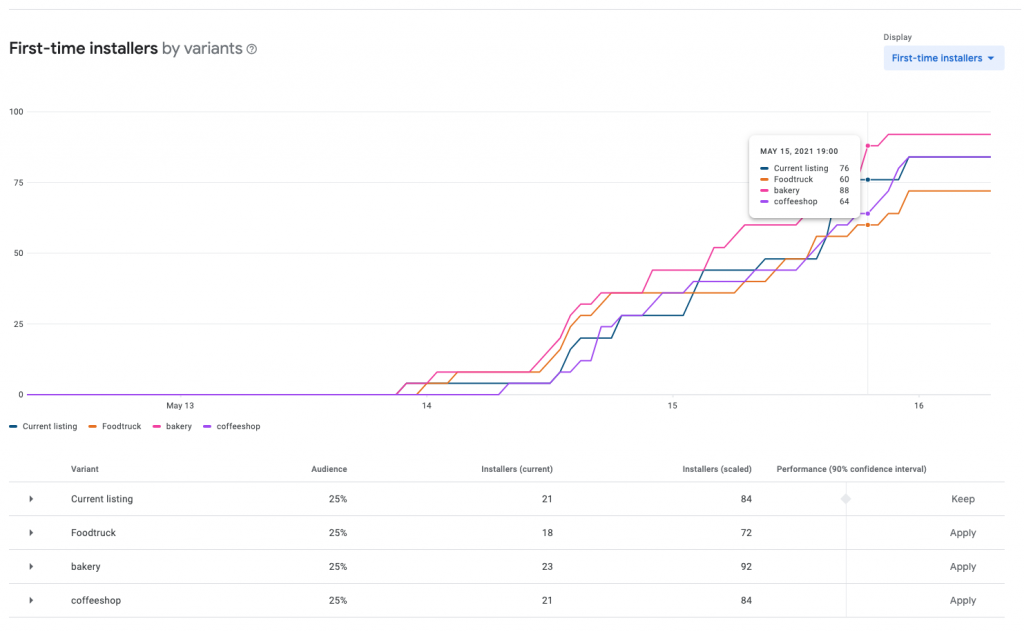
Same store listing experiences are possible by testing the efficiency of app description texts. This A/B testing approach is strongly emphasised as it does not automatically destroy your current placement and ranking within the app store.
Advertising your app
After uncovering all the store listing and presence potential, there is a certain point where no more gain can be achieved by organic growths. Thats the point in time where you should look at the benefits of using a paid advertising campaign to further grow your user community.
That said, it’s of course a separate science to place highly efficient online advertising campaigns by keeping the cost per click and conversion as low as possible. It all comes down to how much financial leverage you gain by every Dollar you invested in online advertising.
As online advertising campaigns became extremely expensive in the last years, even peaking during the global pandemic, it’s important to exactly know your audience and where to spend your ad Dollars in to get the maximum out of it, but that topic goes way beyond the scope of this post and may be a great follow up topic.




